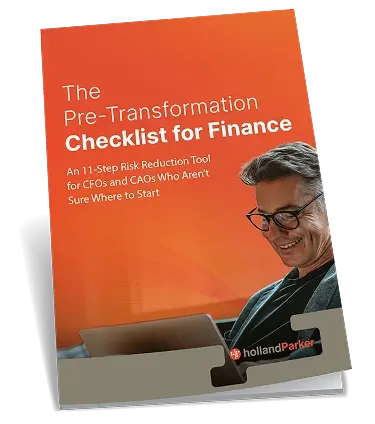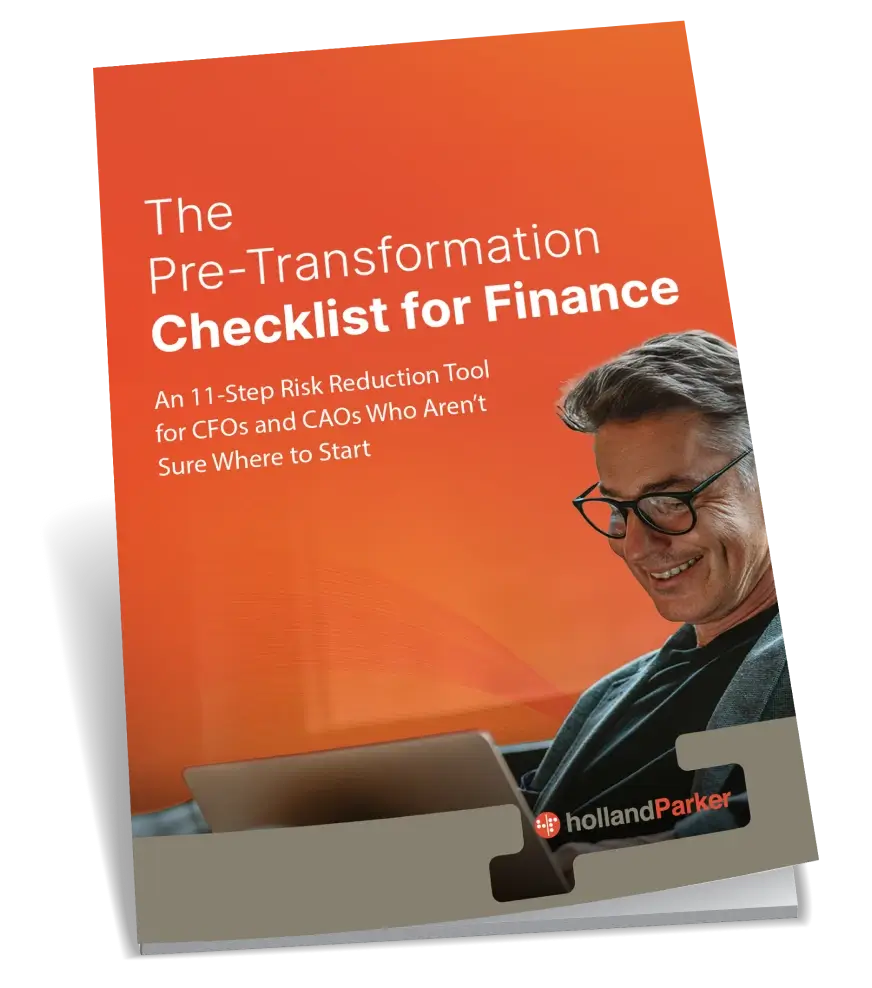Developments in software and cloud technology have afforded global organizations unprecedented capabilities to collect, integrate, and analyze financial data. The ability to rapidly process millions of data points has given companies the insights they need to make real-time decisions.
Having all of this data is wonderful. Being able to present this data in a way that is usable to the intended audience is a completely different process. To optimally leverage your enterprise’s data, you must be able to present the information in an accessible, informative way. That’s where data visualization comes into the picture.
Consider the following financial data visualization best practices to keep in mind when presenting data to various stakeholders in the organization. By following best practices, you will see improved results from communicating data in a way that supports decision-making.
Financial Data Visualization Best Practice #1: Know Your Purpose
Before setting out to present financial data in a visual form, you need to understand the purpose of this exercise. Is it to show a financial trend? Capture an opportunity or weakness? Show the progress of a new initiative? Highlight a business unit’s growth?
Once you understand your purpose, you can make better decisions about how best to present data to executives, stakeholders, and other decision-makers. Trend charts, bar graphs, and other types of informative imagery are key to conveying four main types of information: conceptions, empirical findings, projections, and explanations.
Concepts
In the world of business intelligence, there are numerous complex theories and concepts that go into analyzing financial performance. As helpful as these notions might be to data analysts, they can be difficult for all decision-makers to understand — especially in the context of a two-hour meeting where your presentation might be one of several presentations during a given block of time. That’s why visualizations using real-world data will greatly improve your presentation’s efficacy by making the information more digestible to a broad audience.
Raw Data
Effective data visualization is an incredibly effective tool even when it comes to presenting pure results. But, the sheer volume of quantitative data that is available to organizations can be overwhelming to look at, let alone try to understand. Combining graphic design tactics with data visualization best practices is the perfect way to simplify the complexity to ensure that the raw data is better understood.
Projections
Throughout the budgeting cycle, quality data visualization is a great way to ensure that all executives, managers, and other stakeholders understand expectations in future quarters and the overall fiscal year. By setting up your team with a firm visual understanding of financial parameters for the future, you can have more productive discussions about how to maximize spending efficiencies, especially as you pursue zero-based budgeting (ZBB).
Explanations
Data visualization is a great tool for explaining team, department, and organizational performance when it comes to the major milestones throughout the year. Instead of walking through long lists of numbers and findings, using graphic depictions is a much more productive method to tell the story of each business unit’s performance.
Financial Data Visualization Best Practice #2: Know the Audience
Financial data visualization helps simplify complex information. But, in order for it to be used successfully, you need to know who the visualization is for.
Organizational leaders that study complicated datasets and spreadsheets to derive meaning can make quick decisions based on the data presented to them. Unfortunately, that may not be the case for the rest of your leadership team and other decision-makers in the organization.
That’s why you need to know exactly what your audience members need to see when presented with financial data. This is important because executives, stakeholders, management, and even business partners all need to leverage business intel in different ways.
– Executives: Understanding high-level data is difficult in the information era. With enterprises generating mass amounts of data each day across various service branches, executives have the difficult task of navigating through the madness. Financial data visualization allows you to share important market trends and forecasts without taking executives down into the weeds of how the soup was made. Use the right visuals to present high-level information in a concise format.
– Stakeholders: From business partners to consultants, outside parties are key to enterprise success. Quickly communicating important, timely, and relevant financial and operational information to these stakeholders is vital for maintaining effective working relationships.
– Managers: As the intermediary between front-line workers and executives, your organization’s managers need to be able to assess performance on a very regular basis so that necessary adjustments can be made. When important data is difficult to visualize, it becomes nearly impossible for accurate front-line decision-making. Managers need access to financial information that will help them better understand how their role supports the organization’s overall health and financial success.
Financial Data Visualization Best Practice #3: Know Your Tools
Given the endless innovation and development occurring within the software space, there are seemingly endless options to support financial data presentation. There are Corporate Performance Management (CPM) systems that collect and integrate this information, there are analytics systems that help highlight trends, and there are other platforms that can be leveraged for effective visualization.
However, the use of multiple tools makes the process of integrating data more cumbersome, making real-time analysis more difficult and inefficient. The answer is one solution to simplify the complexity of financial data visualization. The platform we recommend is the OneStream intelligent finance platform.
By migrating to OneStream with the help of our firm, you can gain confidence that financial data will flow unimpeded throughout your enterprise and ultimately be presented in the appropriate form to decision-makers.
Use OneStream to Support Financial Data Visualization
The functionalities of legacy ERP systems and other outdated software tools are suspect number one when it comes to problems with accurate data visualization. The issues begin upstream with fragmented CPM systems — or worse, Excel spreadsheets — being deployed to handle tasks that require a more comprehensive approach.
OneStream is the gold standard when it comes to corporate performance management. The extensive functionalities offered by the platform are unparalleled within the industry. From planning, budgeting, and forecasting to financial close and consolidation, all of your financial data is intelligently stored in one location to support the presentation of data.
OneStream is rapidly being adopted by enterprises across multiple industries. At HollandParker, we excel at implementing OneStream for global organizations of all sizes. If you’re a financial stakeholder looking to tap into the opportunity to achieve greater financial data visualization, we want to talk to you.
As a Diamond OneStream implementation partner, we offer a dedicated solution for Financial Signaling and Analytics. By leveraging our solution, finance leaders will grow their voice as a reliable source of financial data that supports strategic business decisions.
Reach out to HollandParker today to discuss our solution. Let’s discuss the opportunity to use financial data visualization to help you communicate the right information to the right people.








